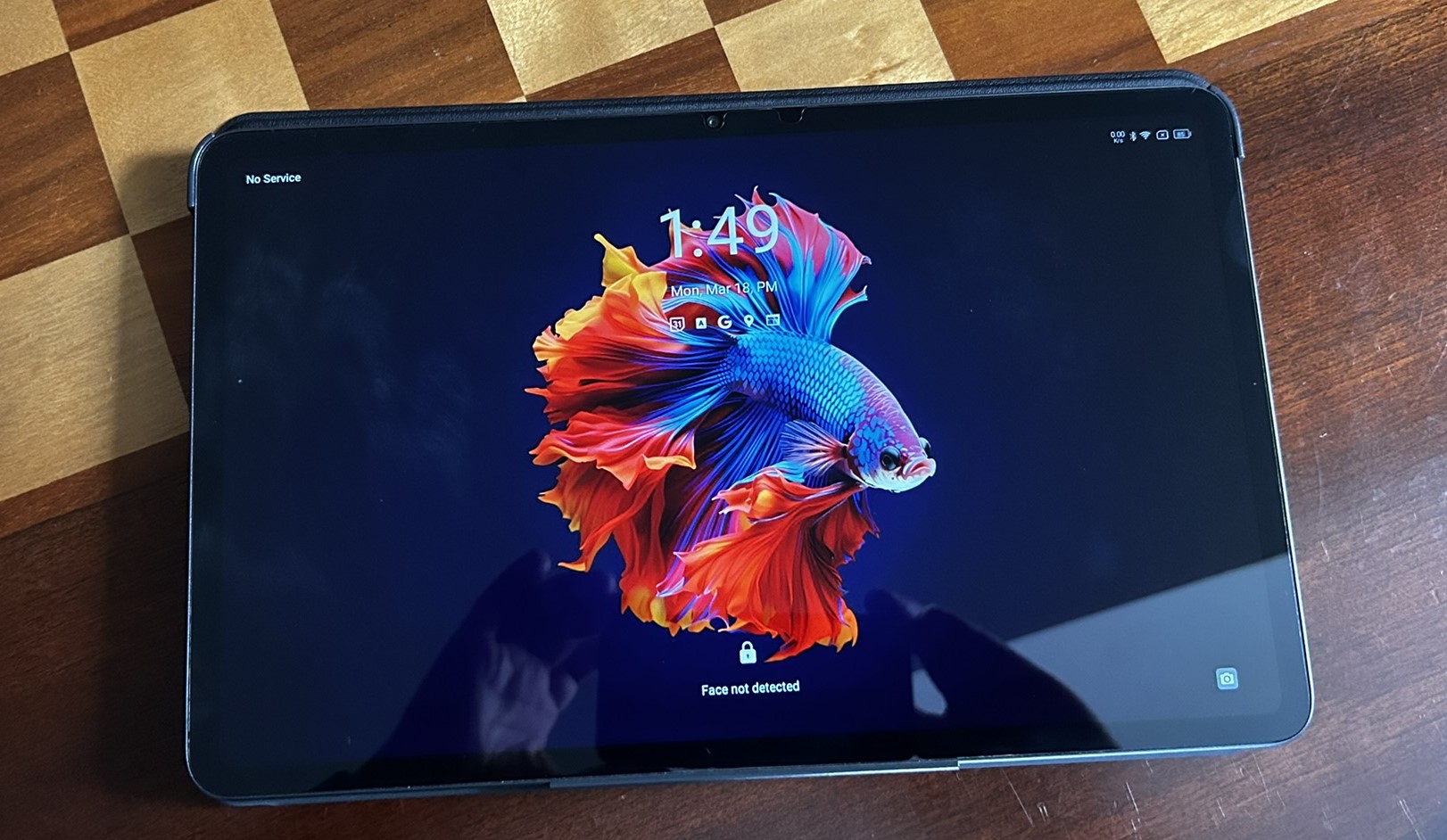
Backing Up Your Data Before Resetting Your Tablet
Before proceeding with a factory reset, backing up your data is essential. This ensures no important information like contacts, photos, or documents gets lost.
Enable Automatic Backup
- Open the Settings app on your Android tablet.
- Select Backup & Reset from the Personal Settings section.
- Toggle Back up my data to enable automatic backup. This will store all your data to your Google Drive account.
Manually Back Up Specific Data
-
Contacts:
- Open the Contacts app.
- Select the option to export contacts to a CSV file.
-
Photos and Videos:
- Use the Google Photos app to back up your media.
-
Documents:
- Upload files to cloud storage services like Google Drive or Dropbox.
Remove SD Card
Although a factory reset typically does not wipe the contents of an SD card, removing it before proceeding is a good practice to avoid any inconvenience.
Factory Reset Using the Settings App
If your tablet is functioning properly, navigate to the factory reset option using the Settings app.
Steps to Factory Reset
-
Open Settings App:
- Locate and open the Settings app on your Android tablet.
-
Navigate to Backup & Reset:
- Go to the Personal section and select Backup & Reset.
-
Select Factory Data Reset:
- Tap on Factory data reset.
-
Confirm Your Command:
- You will be prompted to confirm your command. If prompted, select Reset tablet or a similar option to confirm.
-
Wait for the Process to Complete:
- The tablet will restart and begin the erasing process. Wait for the system to finish wiping all data and applications.
-
Reboot Your Tablet:
- Once the data wiping is over, the tablet will automatically reboot.
Factory Reset from Recovery Mode
In cases where the tablet is not accessible through the Settings app, perform a factory reset from Recovery Mode.
Steps to Factory Reset from Recovery Mode
-
Boot into Recovery Mode:
- Press and hold the Power Button until the tablet turns off.
- Immediately press and hold the Volume Up and Power Button simultaneously until the Android logo with a red alert triangle appears. This indicates Recovery Mode.
-
Navigate Recovery Mode Menu:
- Use the Volume Up and Volume Down keys to navigate through the available options.
- Select wipe data/factory reset using the Volume Down key and press the Power Button.
-
Confirm Data Deletion:
- Use the Volume Up/Down keys to select Yes — delete all user data and press the Power Button again.
-
Wait for the Process to Complete:
- The device will start erasing all data and applications. Wait for this process to complete.
-
Reboot Your Tablet:
- Once the factory reset is complete, the tablet will automatically reboot.
Troubleshooting After a Factory Reset
After performing a factory reset, the tablet should work as it did initially. However, if it starts acting slow or strange again, it may indicate a hardware issue rather than a software problem.
Check for Hardware Issues
-
Older Devices:
- Recent system and app updates might slow down older devices significantly.
-
Newer Devices:
- If the device was bought recently and still doesn’t work well after a factory reset, it could be a hardware issue. Consider taking it to a tech repair service for further diagnosis.
Avoid Over-Downloading Updates
If recent app and system updates are slowing the device down, avoid downloading them all at once. Instead, get only the essentials until switching to a better tablet.
Double-Checking Before Proceeding
A factory reset can cause significant data loss, even if you think everything has been backed up. Therefore, before confirming the command to perform the factory reset:
Double-Check Your Backups
- Ensure all necessary data has been backed up correctly.
- Verify that all important files are stored safely in cloud storage or external storage devices.
Review Recent Updates
If recent app and system updates are causing issues, consider uninstalling them temporarily before performing the factory reset.
By understanding how to factory reset your Android tablet effectively, you can maintain its performance and ensure it continues to serve you well for years to come.
